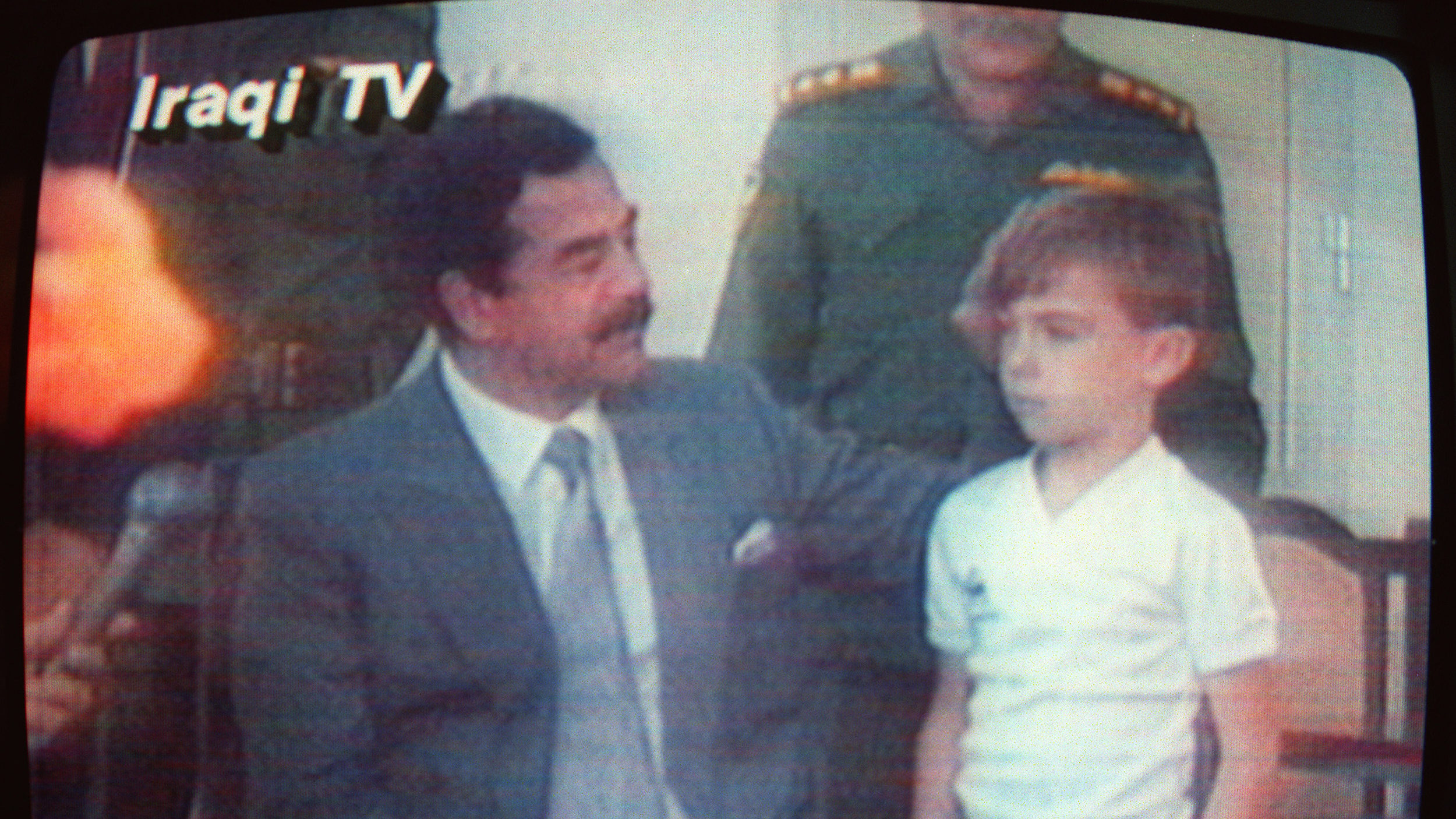The Disaster of the Iraqi Invasion of Kuwait
Al-Mada, Iraq, August 4
Last week marked the 31st anniversary of Saddam Hussein’s invasion of Kuwait, which led to a devastating disaster in Iraq and changed Iraq forever. The invasion of Kuwait ruptured the social fabric of Iraqi society. Its effects are still in play to this very day. Since the invasion took place in August 1990, the UN Security Council has issued over 70 resolutions pertaining to Iraq, beginning with Resolution 660 that was issued the very same day of the invasion and demanded Iraq’s immediate and unconditional withdrawal from Kuwait. Resolution 678, which passed on November 28 of that year, consisted of similar demands. It was followed by several additional resolutions, culminating with the passing of Resolution 687, adopted in April 1991, which led to a formal ceasefire. This latter resolution was considered the longest resolution in the history of the United Nations, both in terms of its paragraphs and its legal scope. When we examine and reflect deeply on the invasion, we can’t help but feel shocked and terrified at the horrific crime committed by the tyrant Saddam; not against the State of Kuwait and its people, but also – and perhaps primarily – against the people of Iraq. So why and how did the tyrant Saddam commit this crime? Did he consult or take advice from his advisers? Are there reasonable justifications on which he relied? Did he understand the consequences of his reckless decision to invade Kuwait? According to several historical recollections, Saddam kept the decision to invade Kuwait a secret even within his regime. Except for a few very close advisers, no one else knew about his plan. And while his first mistake was to order the invasion, his second and more troubling mistake was to recklessly reject any Arab and international attempt that was made to reach a cease-fire. It was only after Iraqi forces were forced to kneel down and surrender that Saddam agreed to send his representative, Defense Minister Sultan Hashim, to Safwan, to sign a memorandum of surrender. The Kuwait invasion is a story about an adventurous war waged by a tyrant who didn’t take into account any of the consequences of his actions. Just like other tyrants in his history, Saddam promoted foolish slogans that weren’t grounded in real-world facts. And while Saddam Hussein is long gone, Iraq is still paying the price of his short-sighted and imprudent decision to invade Kuwait three decades ago. –Abdul Halim Al-Rahimi (translated by Asaf Zilberfarb)

